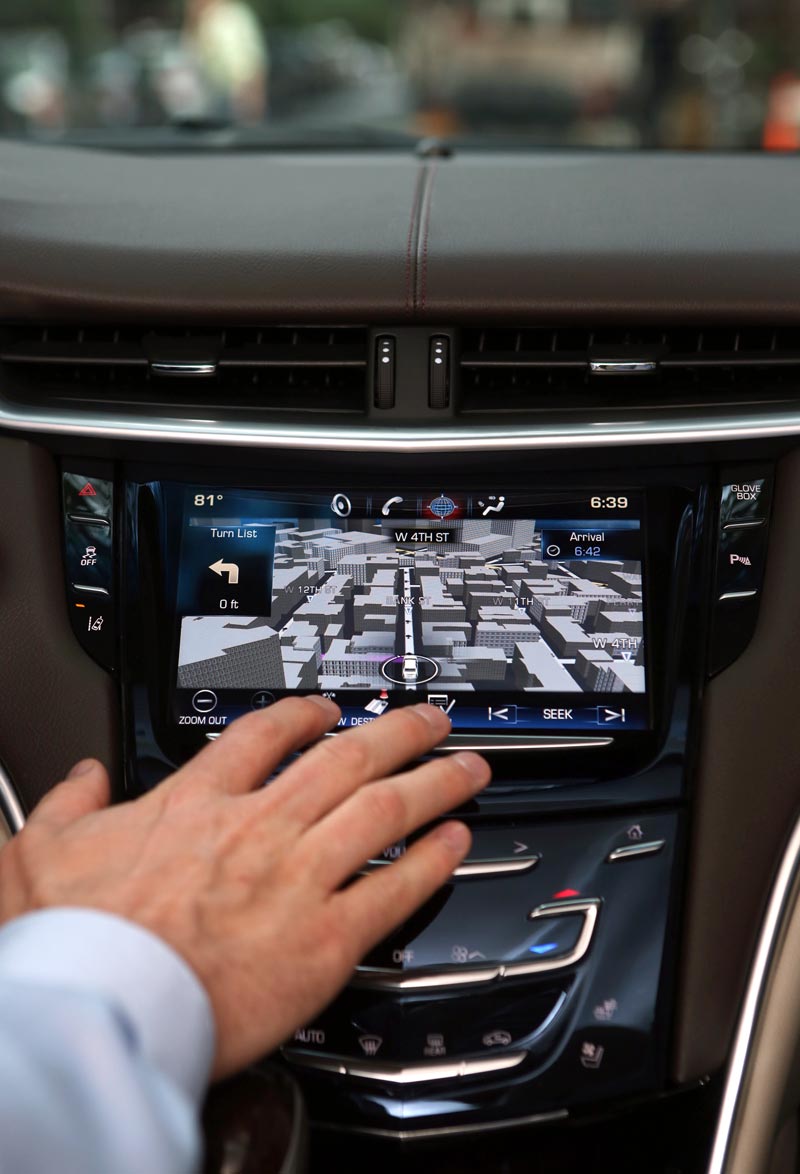Distracted Driving Guidelines Chief on Auto Lobby Agenda
The book is not closed on CAFE, either. The 54.5 mpg rule faces a midterm review around 2020, and the National Automobile Dealers Assn. will start laying ground this year to ensure the exam has teeth.

WASHINGTON – Auto industry lobbyists plan to make distracted-driving guidelines, fuel-economy regulations and tax reform their top policy targets on Capitol Hill this year.
The industry last year spent more than $40 million lobbying Beltway decision makers, according to the Washington-based political watchdog Open Secrets. The Alliance of Automobile Manufacturers was the biggest spender at $6.3 million.
Mike Stanton, president and CEO of the Association of Global Automakers, says distracted-driving guidelines currently being drafted by the U.S. Department of Transportation and the National Highway Traffic Safety Admin. demand industry input.
“Our goal is to work with (USDOT) and other stakeholders to implement a driver-distraction program that includes good laws, education and strong enforcement,” says Stanton, whose group represents 13 international auto makers selling in the U.S., including Hyundai, Kia and Nissan.
Distracted driving could be today’s corporate average fuel economy; that is, an issue that puts auto makers, regulators and consumers at odds.
With CAFE, auto makers felt bound to give consumers the horsepower they demanded, and for a number of years that kept a lid on fuel-economy improvements. Two rounds of historic fuel-economy-standard increases in recent years now have the industry marching toward 54.5 mpg (4.3 L/100 km) in 2025.
Distracted driving potentially is headed down a similar road. Consumers want to take their smartphones into their vehicles, and the auto maker that most effectively and usefully integrates those devices stands to win buyers.
Car owners also want the latest infotainment technology, such as real-time navigation, and the industry now installs state-of-the-art systems, many with 3-dimensional and full-color capability. Alongside smartphones, the systems are a key item of scrutiny by regulators.
At the same time, distracted driving is blamed for more than 3,300 deaths on U.S roadways last year. Another 387,000 motorists were injured as a result of the phenomenon, USDOT statistics show.
USDOT this year will release its final draft of distracted-driving guidelines, a roadmap toward safer vehicles in this new age of connectivity.
The guidelines will stop short of regulating design, because the government lacks sufficient data on the topic to determine design criteria. The topic has dogged auto safety for many years, but recently has come to the forefront with the popularity of instant messaging and breakthrough infotainment options.
Mitch Bainwol, president and CEO of Auto Alliance, thinks laws will hit the books soon.
“Ultimately, it will be mandated, but it might be down the road a bit,” he tells WardsAuto.
Lobbyist focus also will be on the next generation of near-zero tailpipe emissions standards, or Tier III rules. The rules fall under the Clean Air Act and are separate from CAFE standards. They are under review by regulators and will be final by the end of the year.
Stanton hopes to achieve close alignment between the Tier III rules and California’s Level III standards, giving the industry the chance to sell one fleet of vehicles across the entire U.S., as the new CAFE rules promise.
The book is not closed on CAFE, either. Regulators last year finalized CAFE standards for 2017-2025, which likely will peak at 54.5 mpg (4.3 L/100 km). But the rule faces a midterm review around 2020, and the National Automobile Dealers Assn. will start laying ground this year to ensure the exam has teeth.
“The midterm review has to be real, based on data, consumer demand and affordability,” David Regan, NADA vice president-legislative affairs, tells WardsAuto.
NADA also will argue for comprehensive tax reform, an issue Congress will take up this year. NADA fears piecemeal legislation, Regan says, which is a distinct possibility after two drawn-out fiscal battles between Republicans and Democrats.
Most dealerships are organized as pass-through entities, which allows them to avoid the bigger taxes levied on corporations. Higher taxes on those dealers will make vehicles less affordable, Regan says.
“The automobile is not a luxury,” he says. “It is an essential building block for economic stability. The ability to provide for your family, the ability to find and keep a job, to find affordable housing are enhanced immeasurably if an individual has affordable transportation.”
More free-trade agreements also will be a topic of lobbyists, says Matt Blunt, president of the American Automotive Policy Council. The U.S. exported roughly $120 billion in automotive-related goods last year but imports much of the steel, rubber, glass and semiconductors the nation consumes.
“Certainly, policymakers should consider this and work for free trade on a level global playing field,” Blunt says.
Read more about:
2013About the Author
You May Also Like





